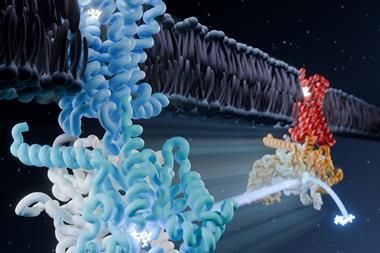Aldehyde attraction for African wild dogs helps to explain how they find their prey
Scientists in Sweden have discovered that the volatile component in blood that gives it its metallic scent may be how carnivores find their prey.
Sara Nilsson and colleagues at the University of Linkoping impregnated logs with the odorant trans-4,5-epoxy-(E)-2-decenal. The logs, in addition to control samples doped with either horse blood or an odourless solvent, were scattered throughout African wild dog and dhole enclosures at the Kolmarden wildlife park in Sweden. Researchers then watched the two dog species to see which logs they showed an interest in and for how long. Both species were seen to frequently sniff and bite both the aldehyde and horse blood specimens, but showed no interest in the logs doped with the odourless solvent.
They report that carnivores may associate the aldehyde odorant with prey or food.












No comments yet